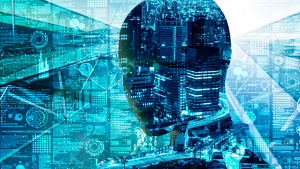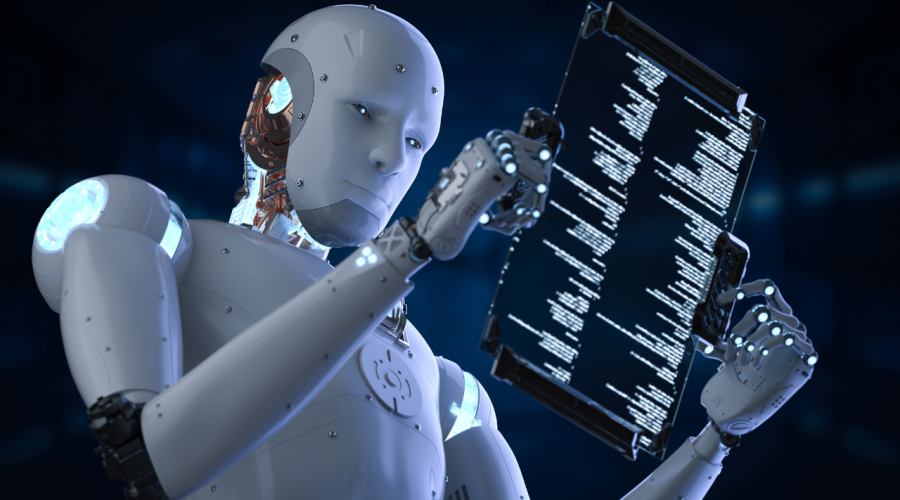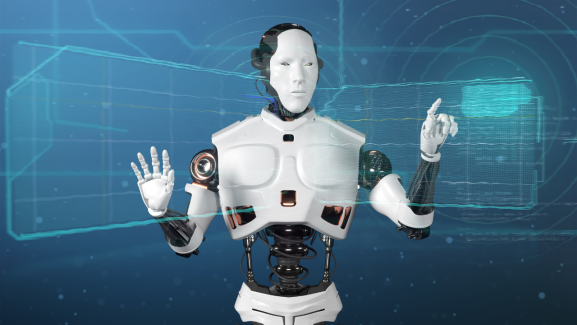The Role of AI Security Researchers in Safeguarding AI Systems
AI systems have transformed industries, making processes faster, smarter, and more efficient. However, as AI systems become more advanced, they also face increasing security threats. AI security researchers play a crucial role in identifying vulnerabilities in AI systems and developing protective measures to prevent cyber threats. Their work ensures that AI systems remain reliable, trustworthy, and resistant to attacks. This article explores the responsibilities of AI security researchers, the vulnerabilities in AI systems, and the protective measures needed to secure them.

Understanding AI Systems
AI systems are designed to simulate human intelligence by learning from data and making decisions based on that information. These systems are used in various fields, including healthcare, finance, cybersecurity, and autonomous vehicles. While AI systems offer numerous benefits, they also present security challenges that can be exploited by malicious actors.
Types of AI Systems
- Machine Learning (ML) Systems: AI systems that learn from data to improve their performance over time.
- Natural Language Processing (NLP) Systems: AI systems that understand and generate human language.
- Computer Vision Systems: AI systems that interpret and analyze visual data.
- Robotics and Automation: AI-driven machines that perform tasks without human intervention.
- Generative AI: AI systems that create text, images, or other content based on input data.
Each type of AI system has its own vulnerabilities, making security research essential in all AI applications.

Common Vulnerabilities in AI Systems
AI systems are vulnerable to various threats, which can compromise their accuracy, integrity, and security. Some of the most common vulnerabilities include:
1. Adversarial Attacks
Adversarial attacks involve manipulating input data to deceive AI systems. For example, an attacker might modify an image so that an AI system misclassifies it. This type of attack can be dangerous in applications like facial recognition and autonomous vehicles.
2. Data Poisoning
Data poisoning occurs when attackers introduce malicious data into the training dataset of an AI system. This corrupts the model’s learning process, leading to incorrect predictions or biased outcomes.
3. Model Inversion Attacks
In model inversion attacks, hackers attempt to extract sensitive information from AI models. This can be a significant privacy risk, especially in AI systems used for personal data analysis.
4. Evasion Attacks
Evasion attacks involve modifying inputs to bypass AI-based security measures. For example, attackers might alter a malicious email slightly so that an AI-powered spam filter does not detect it.
5. AI Model Theft
AI model theft occurs when attackers replicate AI models by analyzing their outputs. This allows cybercriminals to create unauthorized versions of proprietary AI systems, leading to intellectual property theft.
6. Bias and Fairness Issues
AI systems can develop biases if trained on biased datasets. This can lead to unfair treatment in applications like hiring processes, lending decisions, and law enforcement.
The Role of AI Security Researchers
AI security researchers focus on identifying and mitigating security threats in AI systems. Their work involves:
1. Identifying AI Vulnerabilities
Researchers analyze AI systems to detect weaknesses that could be exploited by attackers. They conduct penetration testing, audit AI algorithms, and simulate attacks to uncover security flaws.
2. Developing Protective Measures
Once vulnerabilities are identified, AI security researchers develop strategies to protect AI systems. These may include robust encryption methods, secure data handling practices, and adversarial training techniques.
3. Enhancing AI Robustness
AI security researchers work to make AI systems more resilient against attacks. They develop defense mechanisms such as anomaly detection, adversarial defense networks, and self-healing AI models.
4. Collaborating with AI Developers
AI security researchers work closely with data scientists, software engineers, and cybersecurity experts to ensure AI systems are designed with security in mind. Collaboration helps integrate security features at every stage of AI development.
5. Conducting Ethical Hacking and Red Teaming
Ethical hackers and red teams simulate attacks on AI systems to test their security defenses. These tests help organizations strengthen their AI security posture and identify areas for improvement.
Protective Measures for AI Systems
To protect AI systems from cyber threats, security researchers implement various protective measures. Some of the most effective methods include:
1. Secure AI Model Training
AI security researchers ensure that training data is free from biases and malicious inputs. Secure data curation and validation help prevent data poisoning attacks.
2. Adversarial Defense Techniques
These techniques train AI systems to recognize and resist adversarial attacks. Methods such as adversarial training and gradient masking can enhance AI model resilience.
3. Encryption and Secure Data Handling
Encrypting AI model parameters and data ensures that even if an attacker gains access to the system, they cannot easily extract meaningful information.
4. Continuous Monitoring and Threat Detection
AI security researchers implement real-time monitoring tools to detect and respond to suspicious activities. AI-powered security systems can help identify threats before they cause significant damage.
5. Explainable AI (XAI)
Explainable AI techniques help researchers understand how AI models make decisions. Transparent AI models make it easier to detect anomalies and security risks.
6. Implementing AI Governance and Compliance
AI security researchers work with regulatory bodies to ensure AI systems comply with industry standards and regulations. Governance frameworks help prevent unethical use of AI and improve accountability.
Case Studies: Real-World AI Security Challenges
Case 1: Tesla’s Autopilot Vulnerability
In 2019, researchers discovered that Tesla’s AI-powered autopilot system could be tricked using small stickers on road signs. The AI system misinterpreted the altered sign, leading to unsafe driving decisions. This case highlights the importance of robust adversarial defenses in AI-powered vehicles.
Case 2: AI-Powered Facial Recognition Breach
In 2020, hackers bypassed an AI-powered facial recognition system used for authentication. By manipulating images, they gained unauthorized access to sensitive accounts. This incident emphasized the need for multi-factor authentication and improved AI security measures.
Case 3: Chatbot Manipulation
AI chatbots have been manipulated to generate harmful content. Attackers exploit biases in AI training data to make chatbots produce offensive or misleading statements. AI security researchers continuously work on filtering harmful content and improving chatbot safety.
Future Challenges in AI Security Research
As AI systems evolve, new security challenges will emerge. Some future concerns include:
- AI-Powered Cyber Attacks: Cybercriminals may use AI to automate and enhance attacks on AI systems.
- Deepfake Threats: AI-generated deepfakes can be used for misinformation, identity theft, and fraud.
- Quantum Computing Risks: Quantum computing may break current AI encryption methods, requiring new security approaches.
- Regulatory Challenges: Governments and organizations must develop ethical guidelines for AI security to balance innovation with safety.
AI security researchers play a vital role in safeguarding AI systems against cyber threats. Their work involves identifying vulnerabilities, developing protective measures, and ensuring AI models remain resilient against attacks. As AI technology continues to advance, AI security research will become even more critical in protecting businesses, governments, and individuals from emerging threats. By implementing robust security measures and staying ahead of cybercriminal tactics, AI security researchers help create a safer digital future.


